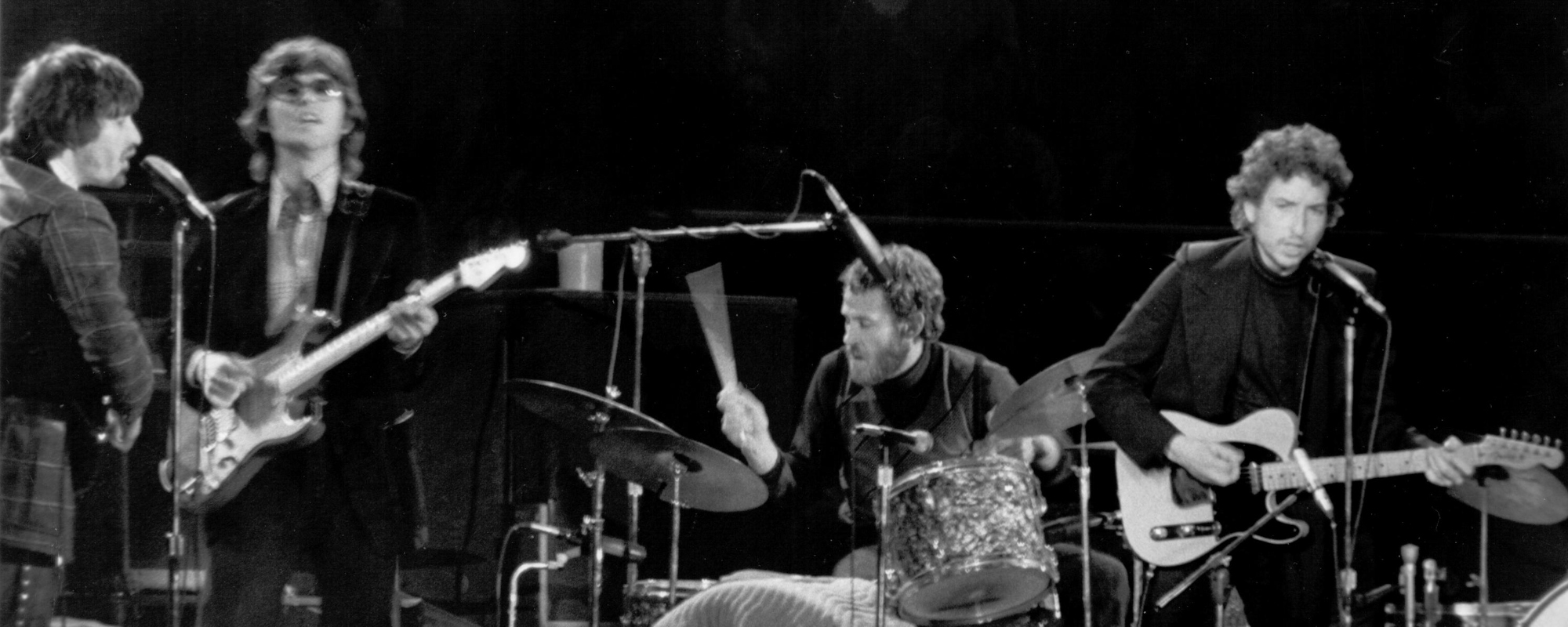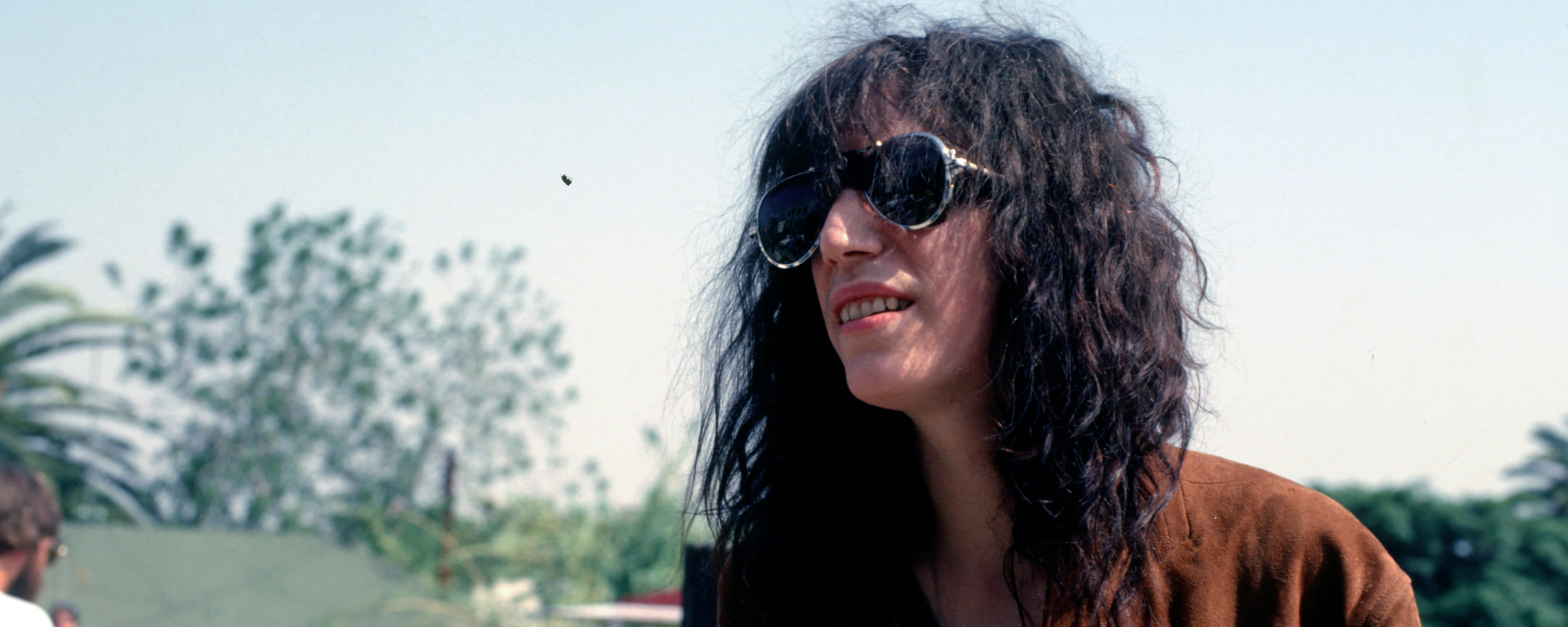He was divisive as he was influential, as creative as he was troubled, as rebellious as he was a tragic product of the times, and on July 3, 1971, the world lost the Lizard King, Mr. Mojo Risin’ himself, rock ‘n’ roll icon and Doors frontman Jim Morrison. His sudden death in Paris put Morrison in the unlucky and hallowed ranks of the 27 Club alongside Janis Joplin and Jimi Hendrix, who died the previous year.
Videos by American Songwriter
Like Morrison himself, the foggy details of his final moments shroud his death in a kind of mystery that fit his poetic, chaotic, and otherworldly demeanor. The lack of an autopsy and the fact that he died over 5,000 miles away from his Los Angeles stomping grounds have created countless conspiracy theories.
But whether truth or rumor, the inarguable fact of the matter is that on July 3, 1971, the rock ‘n’ roll world changed forever.
Rock ‘n’ Roll Icon Jim Morrison Died on July 3, 1971
In the spring of 1971, Jim Morrison decided to take a break from the hustle and bustle of rock ‘n’ roll life with his girlfriend, Pamela Courson, in Paris. Morrison wanted to write a book, remove himself from the throngs of American fans, and likely distance himself from the obscenity charges he faced in the States due to his overtly sexual on-stage behavior. Tragically, his leave of absence would only last a few short months before Courson found Morrison unresponsive in the bathtub of their Parisian apartment. News reports stated that Courson called the authorities right away, but the first responders pronounced the rockstar dead at the scene.
In a 1971 article in The Free Lance-Star, Doors manager Bill Siddons said Morrison “died peacefully of natural causes” but clarified, “I can’t say the exact cause of death because I didn’t see the death certificate before I left.” Official reports listed Morrison’s cause of death as heart failure. That same article from The Free Lance-Star listed pneumonia as a fatal possibility, especially considering Morrison had visited a doctor days before his death due to a persistent respiratory problem.
But other speculation centered around a different cause of death entirely: drug overdose. This would fall in line with Morrison’s long history of substance abuse, not to mention match the cause of deaths of two fellow rock icons, Jimi Hendrix and Janis Joplin, who died less than one year before Morrison. Some theories suggest Morrison took what he believed to be c****** from Courson’s stash, not realizing it was h*****. Others claim Morrison died of an overdose in a Parisian nightclub and that two drug dealers carried him out of the venue and staged him in his tub. These claims are unsubstantiated.
The Loss Of The Lizard King, Mr. Mojo Risin’ Himself
By today’s standards (and, frankly, even by 1960s standards), Jim Morrison was not faultless. Rampant substance abuse and sexual aggression make idolizing the Doors frontman somewhat disconcerting. But his influence on rock ‘n’ roll is undeniable. From inspiring future outrageous frontmen, like Iggy Pop, to sparking the vocal stylings popular in gothic rock and new wave of the following decades, Morrison and his band were integral to the transition from 1960s folk-rock to grittier, darker, and more sexual rock of the 1970s. Morrison certainly wasn’t perfect. However, he was an artist, in all the good, bad, and ugly ways that can manifest.
Conspiracy theories surrounding Morrison’s death persist to this day. A 2025 documentary series on AppleTV+ titled Before the End: Searching for Jim Morrison posits that Morrison never actually died. He simply faked his death to escape his overwhelming stardom, adopted the new name of Frank, and began working as a maintenance worker in Syracuse, New York. Documentarian Jeff Finn uses similar facial features, interests, and a suspicious photo of Frank with Doors drummer John Densmore as evidence to back up his theory.
Knowing only what the history books and the Doors discography have to say about Morrison, we can’t help but think he would have reveled in this type of otherworldly mystery. His poetry often delved into the afterlife, reincarnation, and the power of one’s spirit to transcend reality. But as far as the leather pants-clad Lizard King and bellowing Mr. Mojo Risin’ of the late 1960s? Whoever he was left this mortal coil on the eve of the U.S. Independence Day, which is perhaps poetic enough on its own.
Photo by Jack Rosen/Getty Images









Leave a Reply
Only members can comment. Become a member. Already a member? Log in.